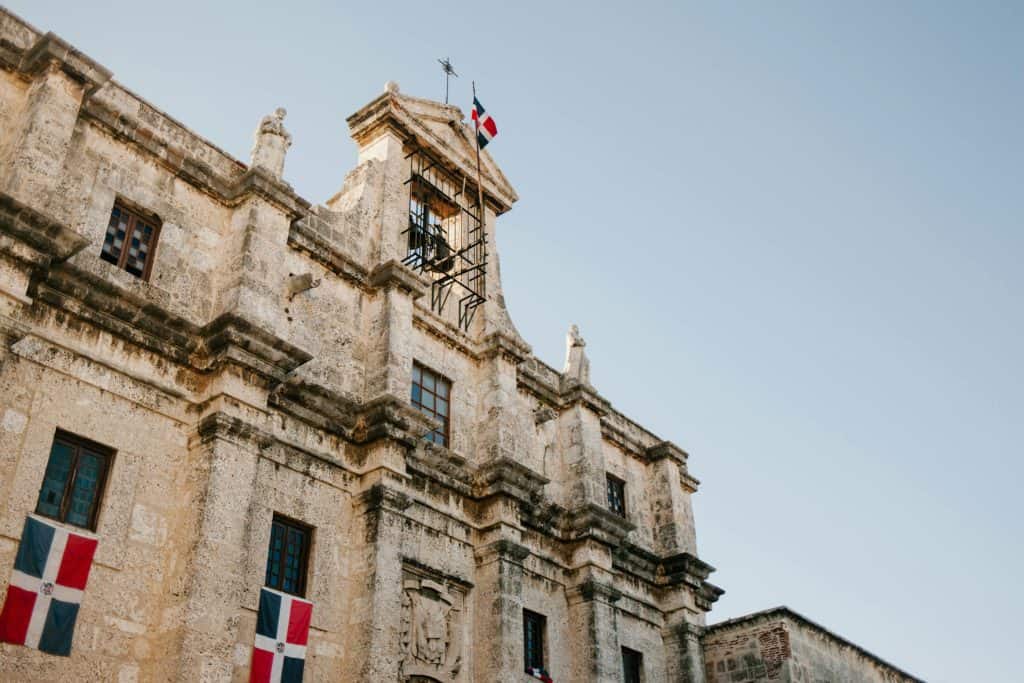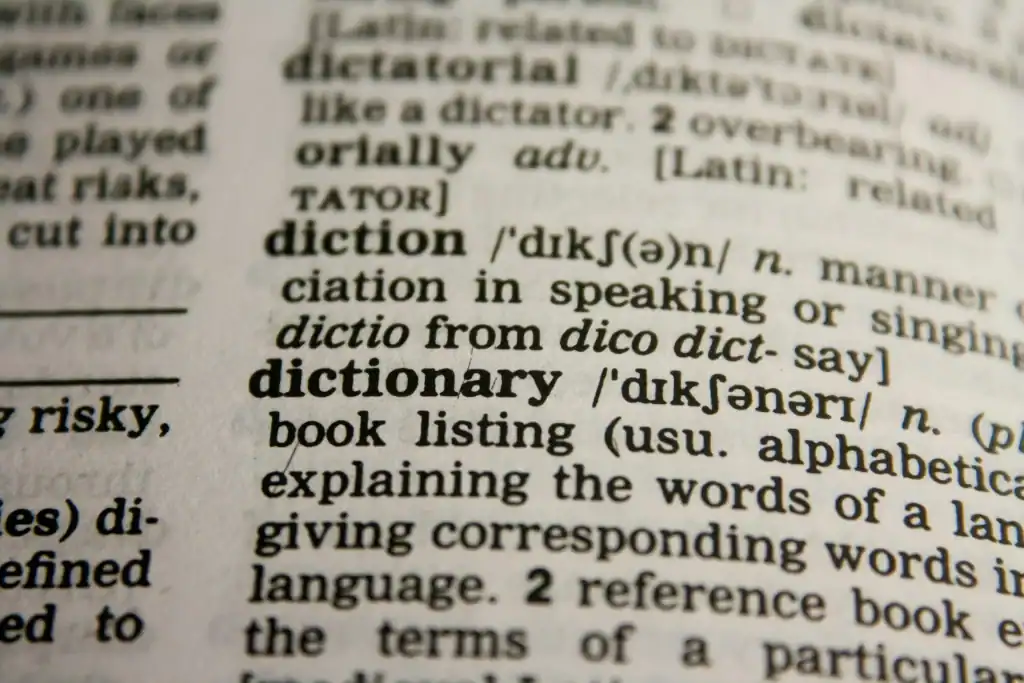From White-Water Panic to Conversational Flow
It was my third month in Jarabacoa, the so-called Dominican Alps, when my gringo swagger met the Yaque del Norte River. I’d survived the usual expat rites—the first mamajuana hangover, the first power outage shower—but this was different. Our rafting guide, Tito, rattled off rapid-fire instructions, and my “basic survival Spanish” suddenly felt like a leaky life vest. A misheard ¡adelante! almost catapulted me into the drink, while the more advanced travelers paddled in perfect unison. That afternoon I learned a truth tougher than the river rocks: adventure sports briefings are a stress test for your Spanish Vocabulary—and they expose every missing verb tense.
Ten years later, I still chase white water whenever I need a language refresher. The briefing is short, urgent, and full of verbs you rarely meet in a classroom. Because I hop back and forth between the Dominican Republic and Colombia, I’ve started to treat these adrenaline-spiked moments as linguistic laboratories. Today I’m sharing the phrases, the cultural layers, and the misinterpretations that taught me more than any textbook ever could.
The Briefing as a Bilingual Bootcamp
Before each run, guides run through commands that keep us alive—this isn’t small talk about plantains. They use imperatives, hand signals, and region-flavored slang that can vary from the DR’s playful sing-song to Colombia’s clipped clarity. These differences show why living between two Latin American accents is a cheat code for polishing your Spanish Vocabulary. You hear how one verb stays the same yet morphs in tone and urgency across borders.
Why the River Raises the Stakes
Misunderstand a waiter and you end up with the wrong side dish. Misunderstand a rafting guide and you could meet a boulder head-on. That pressure forces your brain to process without translating, pushing you toward that coveted “natural-sounding” Spanish every expat craves. Plus, guides sprinkle in local humor. In the DR a command might end with “¡manín!” (buddy) while in Colombia you’ll hear “¡parce!”. Knowing when each slang term surfaces will not only protect your skull—it will earn nods of respect from the crew.
Core Safety Commands Demystified
Let’s paddle through the essential Spanish Vocabulary that keeps rubber, oars, and human limbs aligned. Notice how each command doubles as a cultural cue.
“Adelante fuerte” – Paddle hard forward
Dominican guides savor the rolling r: “A-de-lan-te fuerrrte.” They often clap their hands as percussion, turning safety into merengue. Colombian guides deliver it like a military order—precise, measured, “Adelante, fuerte.” Same words, different music.
“Atrás” / “Reversa” – Back paddle
In Jarabacoa, I once heard “¡Pa’ atrás, pa’ atrás!”—a contraction of para atrás. In San Gil, Colombia, the guide simply shouted “Reversa.” Switching countries sharpened my Spanish ear because alternating synonyms kept me mentally agile.
“Al suelo” – Get down into the raft
Picture a surprise drop. In the DR, the phrase may come with a cheeky “¡que no eres Superman!” reminding you not to fly. In Colombia it’s more poker-faced: “Al suelo, por favor.” Tone shapes perception. Recognizing that staccato urgency helps you obey before the rapid swallows your paddle.
“Alto” – Stop
This tiny word proves Spanish Vocabulary isn’t about syllable counts. One syllable, life saved. Dominican guides stretch it—“Aaaaalto”—like a horn blast. Colombians cut it short, trusting concision.
“Cambio” – Switch sides
If your right arm is jelly, you’ll love this command. Dominicans might add “mi hermano” at the end, a friendly touch. Colombians expect immediate compliance—no affectionate fillers. The same verb reveals two national attitudes toward authority and camaraderie.
The Rhythm of Paddle Calls
Commands are only half the story. Good guides chant like percussionists: “Uno… dos… uno… dos.” Dominican rhythm borrows from bachata, accenting the second beat. Colombian cadence is more even, reflecting the country’s vallenato patterns. Tuning into these subtle musical differences will upgrade your Spanish Vocabulary in ways that grammar drills can’t match. You begin to feel the language in your shoulders, not just on your tongue.
Cultural Counter-Currents
Standing on shore, you might think rafting briefings are purely functional. Yet they showcase values. Dominican guides tease to dissolve fear; Colombian guides project cool authority to earn trust. Both styles work, but observing them fine-tunes your cultural empathy. You’ll catch yourself using Dominican diminutives like “raftecito” or Colombian honorifics like “don” depending on your audience. This adaptive fluency is the grail expats chase when expanding their Spanish Vocabulary.
Spanish Vocabulary Table
| Spanish | English | Usage Tip |
|---|---|---|
| Adelante fuerte | Paddle hard forward | Add a rolled “r” in the DR for extra flair |
| Atrás / Reversa | Back paddle | “Reversa” feels slightly more formal, common in Colombia |
| Al suelo | Get down | Drop your body into the raft’s floor—no superhero poses |
| Alto | Stop | Hold your paddle vertical as you halt |
| Cambio | Switch sides | Slide across, don’t cross paddles mid-air |
| Agárrate | Hold on | Dominicans say it with a melody; Colombians clip it |
| ¡Esa es! | That’s it! | Celebratory encouragement; mimic the guide’s tone |
| Orilla | Shore/edge | Key for landing instructions |
| Remo | Paddle (noun) | In Mexico you might hear “pala,” but stick to “remo” here |
Example Conversation on the Riverbank
Guía (DR): Bueno, mi gente, antes de tirarnos al agua, ¿están claros con las señales? (DR)
Guide: All right folks, before we hit the water, are you clear on the signals?
Turista (USA): Más o menos, ¿puede repetir lo de “al suelo”?
Tourist: More or less, can you repeat the “al suelo” part?
Guía (CO): Claro que sí. Cuando grite “al suelo”, usted se agacha y mete el remo en el bote. (CO)
Guide: Of course. When I yell “al suelo,” you crouch down and tuck the paddle inside the boat.
Guía (DR): Y si digo **“agárrate, manín”**, pónganse duros, ¿oyeron? (DR)
Guide: And if I say **“hold on, buddy,”** brace yourselves, got it?
Turista (UK): ¿Y “cambio”? ¿Eso es para cambiar de lado, cierto?
Tourist: And “cambio”? That’s to switch sides, right?
Guía (CO): Exacto, parcero. Cambio y seguimos remando. (CO)
Guide: Exactly, mate. Switch and keep paddling.
Turista (CAN): ¿Se usa lo mismo en Colombia?
Tourist: Do you use the same in Colombia?
Guía (CO): Casi, aunque allá decimos **“atrás”** menos y **“reversa”** más. (CO)
Guide: Almost, although over there we say **“atrás”** less and **“reversa”** more.
Guía (DR): Al final lo importante es que escuchen y disfruten el flow del río. (DR)
Guide: In the end, what matters is you listen and enjoy the river’s flow.
How the River Sharpens Your Ear
After a half-day of rapids, something magical happens. Your arms ache, your shirt clings, and verbs like “agacharse” or “remar” float through your head at native speed. The sensory overload resets your neural pathways, storing fresh Spanish Vocabulary deeper because each word carried real-world consequences. Switching between Dominican banter and Colombian crispness trains you to calibrate your accent instinctively—rolling or flattening Rs, dropping or stressing syllables—to match your company.
Back in town, you’ll notice side effects. When a Dominican cashier asks “¿Todo bien, manín?”, you respond without translating. When a Colombian friend texts “¿Vamos a la orilla del río?”, you anticipate the next verb. Adventure sports thus become language gyms, and every command is a push-up for your fluency.
Reflective Advice for the Wandering Learner
If you’re chasing natural Spanish as an expat, hunt down environments where misunderstanding carries a playful risk. Whether it’s a rafting briefing, a salsa class, or a street-food negotiation, the blend of urgency and fun chisels your Spanish Vocabulary faster than silent flashcards. Bouncing between the Dominican Republic and Colombia amplifies the effect: your ear toggles between island sing-song and Andean punctuality, teaching you nuance as swiftly as the river bends.
I invite you to share your own cross-country slip-ups, triumphs, or slang discoveries in the comments. What phrase saved your neck—or cost you a paddle? Let’s turn this blog into a bilingual campfire where every splash of culture deepens our collective fluency.
Nos vemos en la próxima corriente, amigos. Y recuerden: ¡Adelante fuerte!


